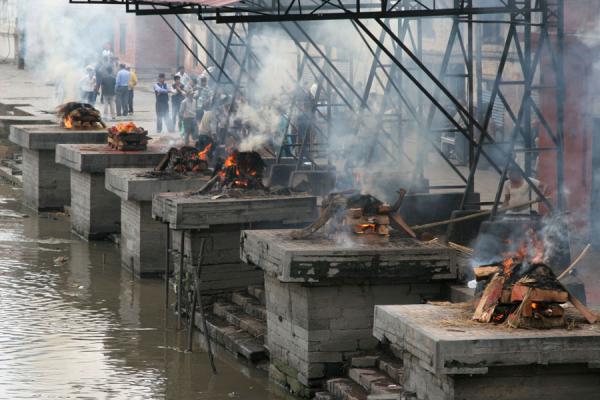
As relief materials pile up in major rescue centres in the quake-hit areas in Sichuan province, villagers from rural communities are complaining they have been forgotten by the government.
“It’s been four days, four days. I didn’t see any government official bother to ask us how we have been coping. I have to say I’m not satisfied with the government’s relief efforts,” said 66-year-old villager Chen Zhongfen, from Shengli village, Taiping township on the outskirts of Lushan county, the epicentre of Saturday’s 7.0-magnitude quake that has claimed 193 lives, left 25 missing and injured more than 12,000 people.
“I haven’t got anything yet, and we heard that the aid had all gone to the central areas,” Chen said.
Chen was among more than 2,000 villagers in Shengli who have been struggling to cope with post-quake life. Rain has begun to fall in the area increasing their need for more and better shelter and food.
But four days into the disaster, villagers like Chen in rural communities said they had so far been left out of the government’s disaster relief efforts.
Communist party chief and President Xi Jinping on Tuesday afternoon chaired a special Politburo Standing Committee meeting on relief work in the quake zone, at which he vowed to keep searching for missing people even though the 72-hour window for the best chance of survival passed on Tuesday.
The standing committee meeting promised to ensure “everyone in the quake zone will have food, clothes, clean water, temporary shelter and medicine”.
However, in Shengli, more than 350 villagers have had to share nine tents and about 100 bottles of water. The villagers said that even these few tents were becoming useless as they had no floors and the rain had been quite heavy for the past two days. As well, they were running out of food, and only had corn soup to eat.
“I can endure all these [hardships], but what about the pregnant women and the village elders?” said villager He Xiaobing.
He, a 42-year-old farmer, has had to move his family and all the belongings they could salvage from his house into a self-made tent crammed full of 20 people.
A fight broke out among 50 angry villagers in Taiping township as they scrambled for a few boxes of water and instant noodles handed out by rescuers. Police had to be called in to disperse them.
Villagers questioned local authorities as to why people in Lushan county got more than enough relief materials, while many rural people like them remained starving and homeless.
Wang Dong, party chief of Taiping, urged villagers to stay calm and remain where they were as “a lot of supplies would be coming once the clogged roads were cleared". He said most of the resources were concentrated in Lushan, which is about 30 kilometers from Taiping.
But Zhang Xueming, a rescue worker from Wenzhou-based Blue Sky Rescue Team, said the road conditions were not the main problem.
“Most of the tents are provided by companies and they all want them to be sent to major areas to get more public recognition,” he said.
Official media like Xinhua have given relief efforts a positive spin focusing mainly on the heroic rescue operations centred in Lushan county and Longmen township, especially after Premier Li Keqiang’s visit to the area on Sunday.
Yang Hao, a 36-year-old farmer from Shengli village, said the government and media have focused on the major centres and forgotten the victims in remote and cut-off areas.
“We are the forgotten ones, nobody cares about us. I wish Premier Li had come to our town, then we wouldn’t have problems today.”
Tuesday 23 April 2013
http://www.scmp.com/news/china/article/1221711/disaster-relief-efforts-fail-reach-remote-sichuan-villages





